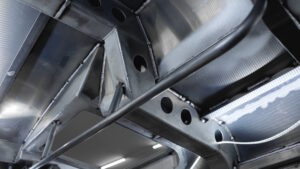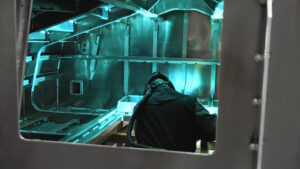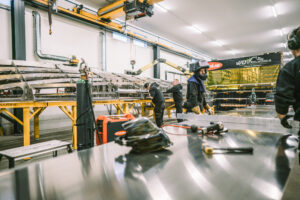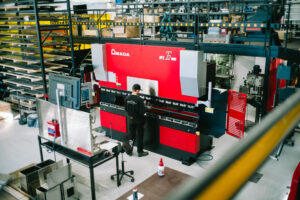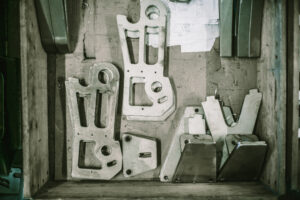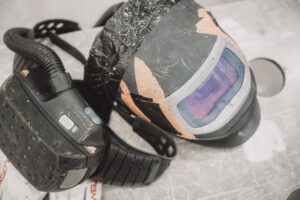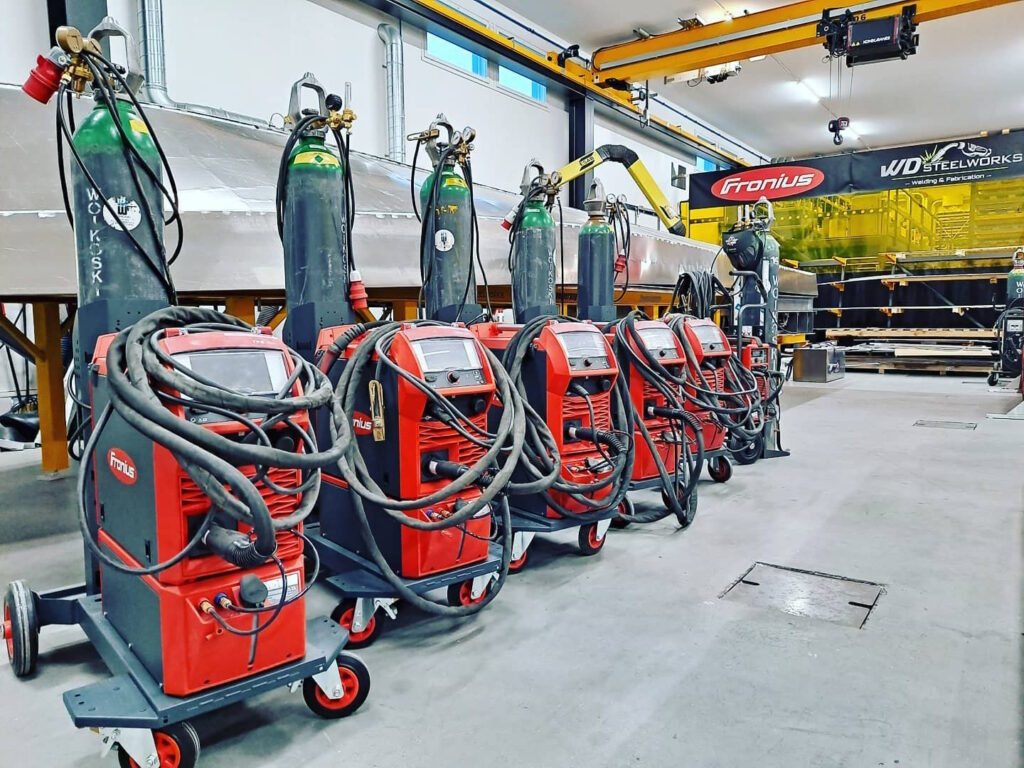We specialise in demanding welding jobs with TIG and MIG equipment for various aluminium parts and assemblies. We professionally weld aluminium (e.g. marine aluminium AW-5754 / structural aluminium AW-6082 / cast aluminium parts). Whether your piece is small or large, new or old, contact us!
Combined with our other services, we can offer demanding and versatile structures, combining tubes, plates and machined parts.
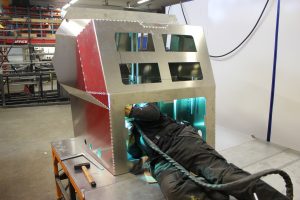
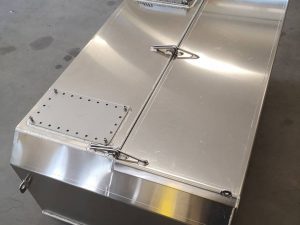
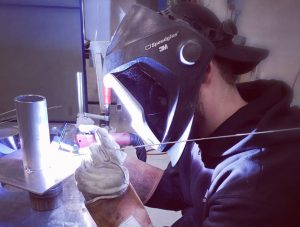
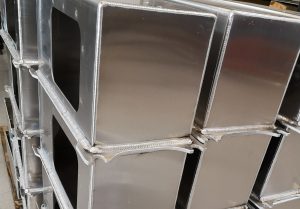
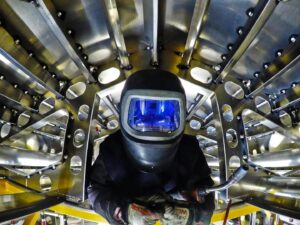
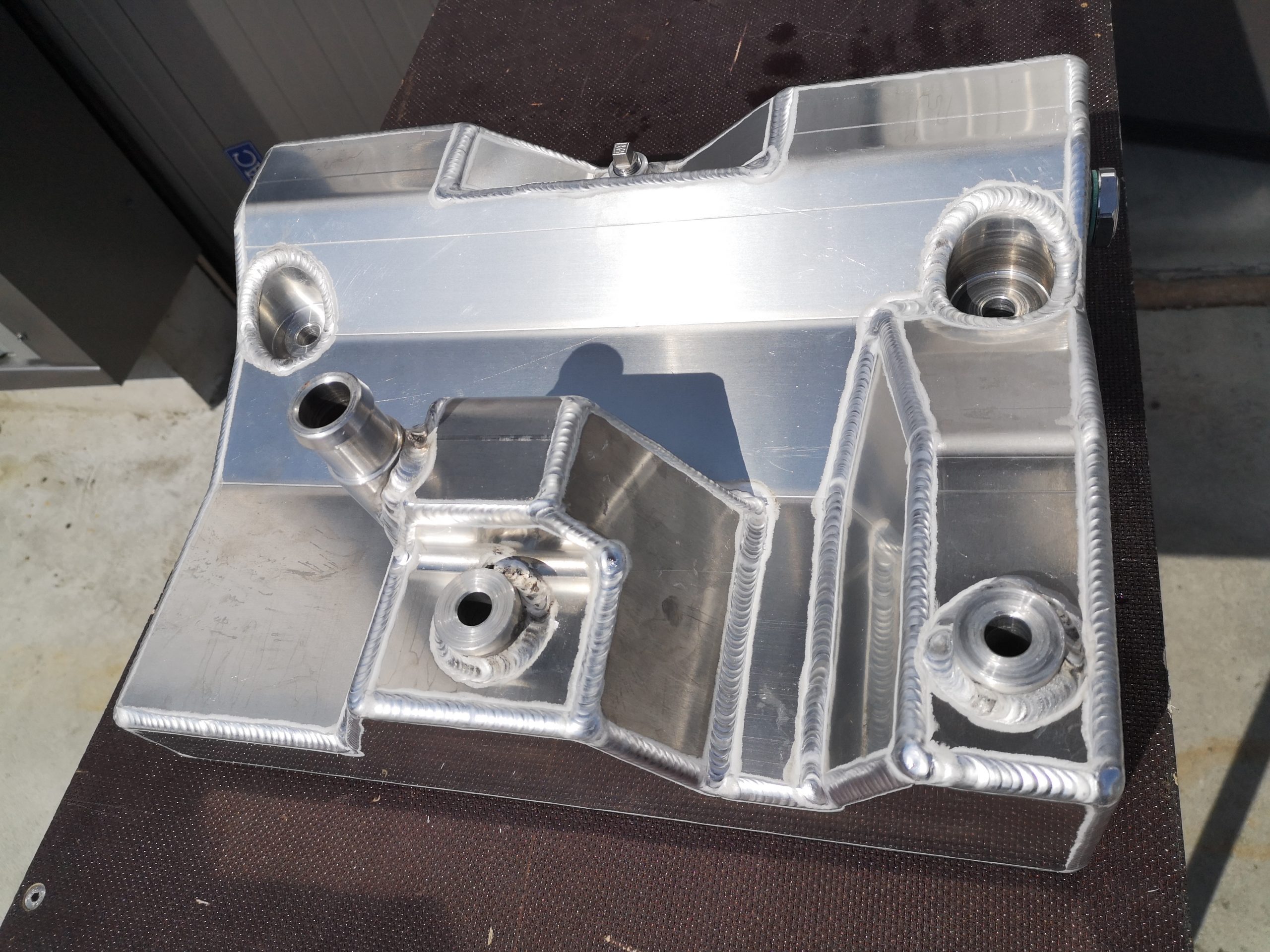
Design recommendations for welded aluminium structures
Thickness of aluminium structures designed to be welded
Due to the low specific heat capacity and low melting point of aluminium, it is recommended to use plates and tube wall thicknesses of at least 1 mm. In large pieces, thicknesses of 2 mm are recommended to avoid warping. Read more about the standard SFS-EN 1011-4 (Welding. Welding recommendations for metallic materials. Part 4: Arc welding of aluminium and aluminium alloys).
Aluminium alloys and their weldability
For the most common alloys in the 5000 and 6000 series, it is advisable to select blanks according to practical availability, with most alloys being well suited for welding. For the range and availability of disc types and profiles, check the Alumeco, Tibnor, Al-Men, Purso and Timgre websites or catalogues. The most common mixtures include. EN AW-5083, EN AW-5754, EN AW-6060, EN AW-6063 and EN AW-6082.
Some cast aluminium alloys are difficult to weld, but even if they are suitable for welding, there may be problems with high alloying or porosity and shrinkage of the material. With preheating and the right welding equipment, a reasonably good result can be achieved even in these cases.
To achieve corrosion resistance and a clean anodised appearance, for example, it is advisable to use correctly alloyed aluminium wire when welding. We keep our own stock of welding materials suitable for the most common blends to ensure fast delivery times.
